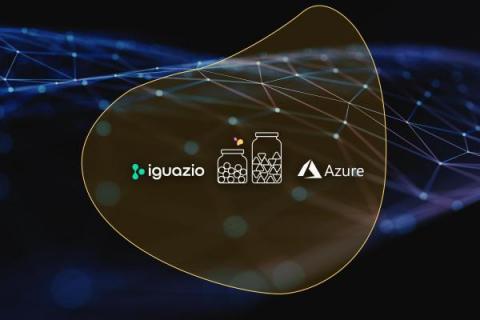Systems | Development | Analytics | API | Testing
Machine Learning
Getting Started with Machine Learning
In recent years, Ethical AI has become an area of increased importance to organisations. Advances in the development and application of Machine Learning (ML) and Deep Learning (DL) algorithms, require greater care to ensure that the ethics embedded in previous rule-based systems are not lost. This has led to Ethical AI being an increasingly popular search term and the subject of many industry analyst reports and papers.
Choosing the Right Evaluation Metric
Is your model ready for production? It depends on how it’s measured. And measuring it with the right metric can unlock even better performance. Evaluating model performance is a vital step in building effective machine learning models. As you get started on Continual and start building models, understanding evaluation metrics helps to productionize the best performing model for your use case.
The Complete Guide to Using the Iguazio Feature Store with Azure ML - Part 4
Last time in this blog series, we provided an overview of how to leverage the Iguazio Feature Store with Azure ML in part 1. We built out a training workflow that leveraged Iguazio and Azure, trained several models via Azure's AutoML using the data from Iguazio's feature store in part 2. Finally, we downloaded the best models back to Iguazio and logged them using the experiment tracking hooks in part 3. In this final blog, we will.
The Complete Guide to Using the Iguazio Feature Store with Azure ML - Part 3
In part one and two, we introduced Iguazio's feature store and discussed the benefits of using one in the ML workflow. Additionally, we ingested and transformed the data that we will be using to train our model. In this blog, we will do the following.
Explaining machine learning models to business users using BigQueryML and Looker
Organizations increasingly turn to AI to transform work processes, but this rapid adoption of models has amplified the need for explainable AI. Explaining AI helps us understand how and why models make predictions. For example, a financial institution might wish to use an AI model to automatically flag credit card transactions for fraudulent activity. While an accurate fraud model would be a first step, accuracy alone isn’t sufficient.
Growing AI Fast with ML-Ops: Breaking the barrier between research and production
AI models get smarter, more accurate, and therefore more useful over the course of their training on large datasets that have been painstakingly curated, often over a period of years. But in real-world applications, datasets start small. To design a new drug, for instance, researchers start by testing a compound and need to use the power of AI to predict the best possible permutation.
The Complete Guide to Using the Iguazio Feature Store with Azure ML - Part 2
Last time, we discussed why organizations might require the functionality of a feature store like Iguazio's. In this blog, we will actually get into the project and cover the following.
Interview with Machine Learning Engineer Semih Cantürk
In the latest instalment of our interviews speaking to leaders throughout the world of tech, we’ve welcomed Semih Cantürk. Semih is a Machine Learning Engineer at Zetane Systems and an MSc & incoming PhD student at the University of Montréal and MILA Institute. At Zetane, he’s responsible for the development and integration of explainable AI algorithms in addition to leading various project work.











